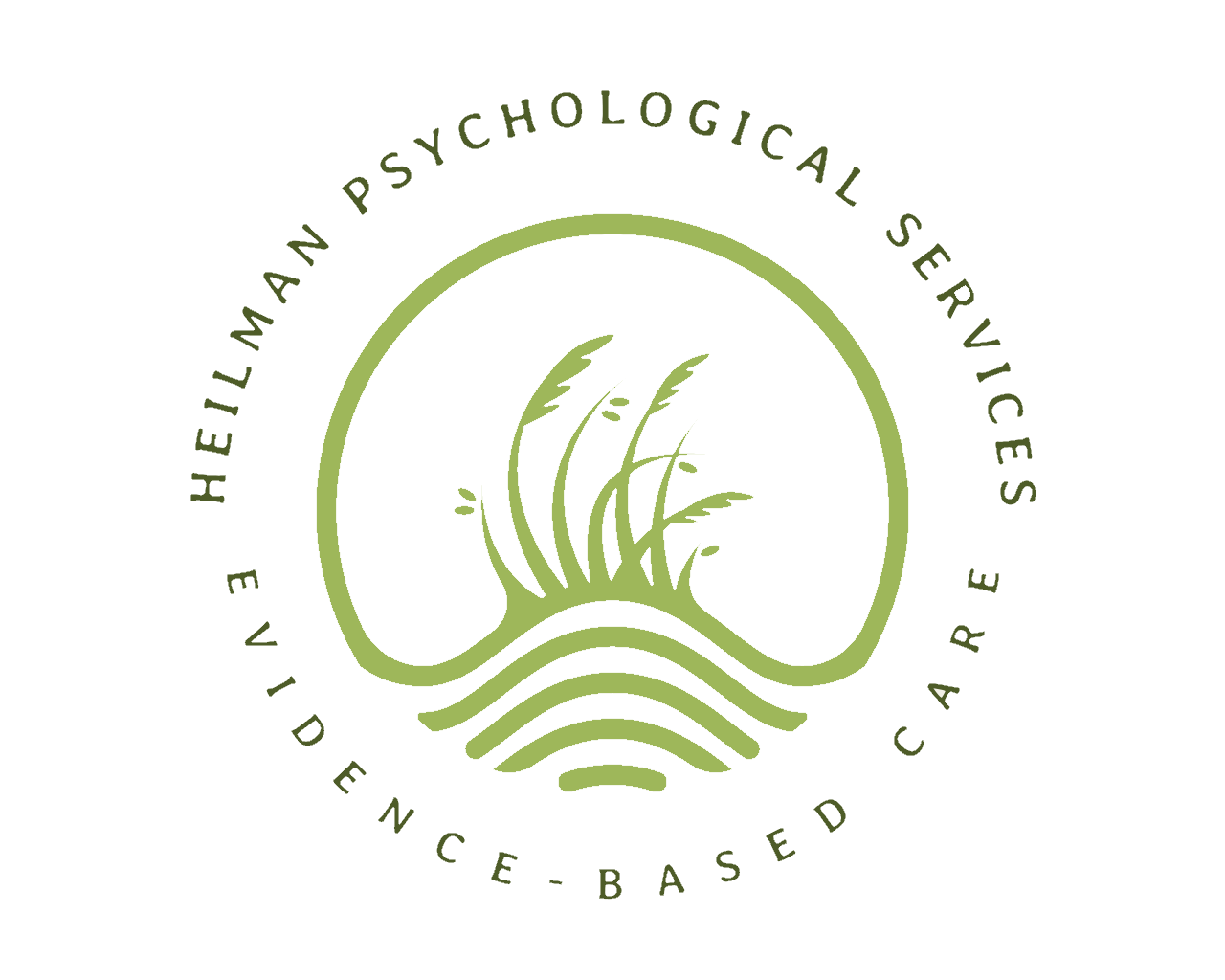Evidence-Based Treatment for Panic Disorders
A panic attack is an abrupt surge of intense fear or discomfort that lasts for approximately 10-15 minutes. Panic attacks are associated with many physical symptoms such as heart palpitations, chest pain or discomfort, sweating, and dizziness. Individuals experiencing panic often have a fear of dying or going crazy. Panic attacks commonly co-occur with other mental health conditions including OCD, PTSD, generalized anxiety, health anxiety, depression, and substance use disorder. Additionally, panic symptoms are often associated with numerous health conditions such as asthma, hyperthyroidism, and irritable bowel syndrome.
Panic disorder is diagnosed when an individual experiences recurrent panic attacks with persistent worry about future panic attacks and/or a significant maladaptive change in behavior related to the attacks. The disturbance must not be due to the physiological effects of a substance or another mental health disorder. For example, if an individual only has panic attacks in response to social situations, a diagnosis of social anxiety disorder with panic attacks would be more appropriate. The diagnosis of panic disorder can occur with or without agoraphobia (fear and avoidance of situations where panic attacks may occur).
Panic attacks can be extremely scary and can result in unnecessary trips to the emergency room. While it is understandable that individuals want to get rid of anxiety and panic, it is often this mindset which exacerbates the problem. The more we focus on getting rid of discomfort, it will inevitably begin to dominate our lives.
Cognitive Behavioral Therapy is one of the best supported treatments for panic disorders. It involves psychoeducation about panic symptoms, the panic cycle, and the sympathetic nervous system. Goals for treatment include increasing awareness of how thoughts, physical sensations, and behaviors contribute to the panic cycle. There are several strategies that help to break the cycle. Mindfulness, Cognitive Restructuring (identifying and challenging catastrophic interpretations of physical symptoms), Exposure techniques (gradually facing feared situations or recreating feared physical symptoms), and breathing techniques are some of the commonly used strategies.
While it may seem counterintuitive, the goals for treatment of panic disorder involve creating acceptance of symptoms, increasing tolerance of uncomfortable situations, and decreasing hypervigilance associated with panic symptoms. Implementing and practicing these strategies helps to rewire the brain over time to be less sensitive to panic symptoms.
If you or someone you know is struggling with panic attacks, feel free to contact me at 630-570-0095 or email at drpamheilman@heilmanps.com.
If you experience a life-threatening emergency or become concerned about the ability to keep yourself or others safe, visit your nearest emergency room or call 9-1-1. If you are experiencing suicidal thoughts, you may call the Suicide Prevention Hotline at 9-8-8 to talk to a trained professional.
The content on this website is meant for informational purposes only and is not intended to take the place of mental health diagnosis and treatment. All information is provided on an "as is" basis. Heilman Psychological Services, PLLC does not assume responsibility or liability for any errors or omissions that may occur.
